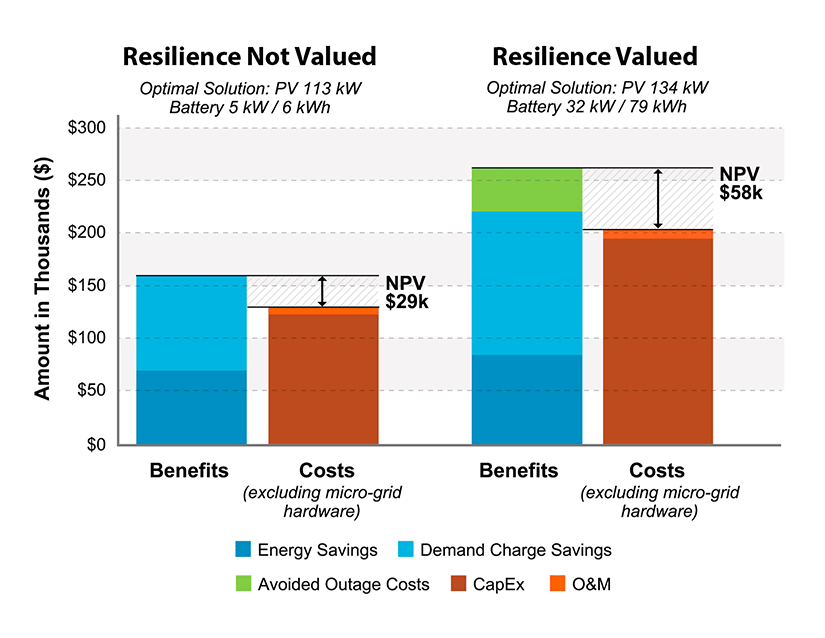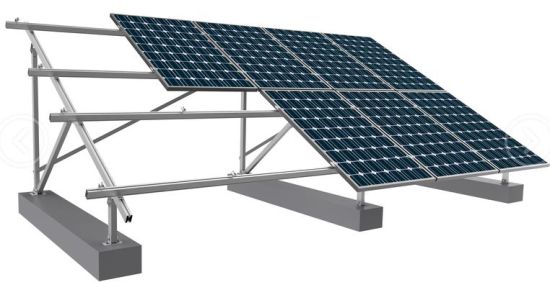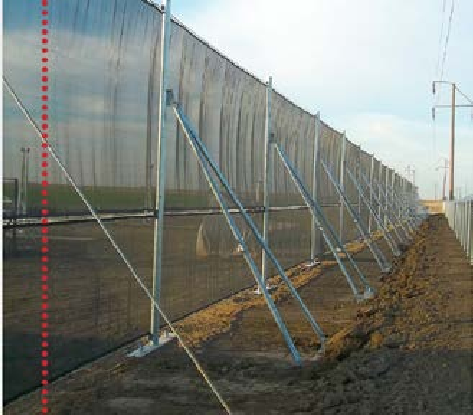The allure of solar power goes beyond just environmental consciousness. For many, it’s about clean energy, financial benefits, and the independence that comes with distributed electricity generation. However, with this independence comes the responsibility of ensuring that your solar power system is resilient against the unpredictable challenges that reality throws at us. In light of this, the U.S. Federal Emergency Management Agency (FEMA) and the National Renewable Energy Laboratory (NREL) have provided guidelines and insights into storm hardening measures for photovoltaic (PV) systems.
Solar Power Hardening: A Comprehensive Overview
1. Bolting Down – The Foundation of Resilience

Foundation of Resilience NREL
The first crucial step in storm hardening is ensuring the structural integrity of your solar power system. According to the NREL, properly tightening or torquing bolts is paramount. A post-installation audit can provide insights into the quality of torquing, allowing for necessary adjustments. However, it’s essential to be cautious as the same team that installed the system might inadvertently overlook certain aspects during the audit.
2. Choosing Effective Locking Hardware
When selecting locking hardware, steer clear of split washers, nylon nuts, serrated flanged nuts, and double nutting, as they have proven ineffective under industry-standard vibration tests. Instead, opt for wedge-lock washers, an example of highly effective and economical locking hardware.
3. Preventing Loosening Over Time
Recognizing that torquing on day one might not be sufficient in the long run, especially during times of heavy vibrations, the NREL recommends a combination of fasteners. Starting with wedge-lock washers and concluding with thread lock can help secure hardware effectively.
4. Through Bolting for Structural Strength
In hurricane-prone regions, holding solar panels in place with clamps might not be viable. The solution lies in through bolting, connecting solar modules directly to racking with a bolt. This provides the structural strength needed to weather severe weather events. Surprisingly, the cost for ground mount installations is relatively low – ranging from 0.2 to 0.5¢/W, with labor constituting the majority of the expense.
5. Opting for Marine Grade Steel

Steel Products for Solar Power System
Choosing marine-grade (salt/corrosion-resistant) steel products enhances the longevity of your solar power system, especially in coastal areas. This is already a common practice in markets that require corrosion-resistant materials.
6. Strengthening Solar Panels
Opt for solar panels with thicker frames or additional frame bars to increase their strength. This simple choice can add an extra layer of resilience to your system, making it more capable of withstanding adverse weather conditions.
7. Increasing Connections
To meet local wind code requirements or enhance overall system strength, consider increasing the number of connections between the solar module and the attachment location. This may involve additional rails, flashing units, and increased labor costs. For example, a Com-Sol installation in Miami-Dade, Florida, added a third rail to meet wind code requirements, resulting in a 5.7¢/Wdc increase for a rooftop solar installation.
8. Wind Calming Fence – The Costly Yet Effective Measure

Wind Calming Fence for solar
One of the most expensive but highly effective measures suggested by the NREL is the installation of a wind calming fence. For a 1 MW project, the fence costs 14¢/Wdc on top of standard project costs. Perimeter rows of solar modules, particularly vulnerable during wind events, benefit significantly from the wind calming effect. However, it’s crucial to note that a fence works best when combined with other strengthening techniques, and the choice depends on site conditions, project constraints, and acceptable risk levels.
9. Addressing Flood Risks
Flood events pose a different set of challenges for solar power systems. The key strategies involve selecting and engineering smart sites, mounting gear on pads, and installing and maintaining drainage systems. While core system measures appear to be less expensive, additional measures such as a three-rail system or two-pier mounting may be necessary in regions with a high likelihood of severe weather.
10. Regular System Audits
Performing regular system audits and focusing on appropriate fasteners are among the least expensive storm hardening measures. In regions prone to severe weather, additional measures may be necessary to protect a PV array effectively.
11. Post-Installation Inspection
For those who have already installed their solar power system, conducting a post-installation inspection is crucial. Field research suggests that a non-trivial percentage of issues can be critical. Homeowners can perform these inspections themselves, ensuring the longevity and resilience of their solar power investment.
Conclusion
In conclusion, storm hardening is a critical aspect of ensuring the longevity and reliability of your solar power system. The thirteen tips outlined by the NREL provide a comprehensive guide to fortifying your system against the elements. From basic measures like proper torquing to advanced strategies like wind calming fences, the key is to tailor your approach based on local conditions, financial considerations, and your tolerance for risk. By implementing these measures, you not only protect your investment but also contribute to a more resilient and sustainable energy future.